Sci-Tech
How Scientists Proved the Universe is NOT REAL: Nobel Prize Winning Proof EXPLAINED
In the video, Archana Raghuram describes how Nobel-prize-winning physicists solved the Bohr-Einstein debate about the nature of reality and proved...
Read moreDetailsNobel Prize in Physics Awarded for Proving the Universe Is Not Real | Where Quantum Physics Meets Vedanta
In this amazing video, Archana Raghuram reveals how the 2022 Nobel Prize in Physics proves that the universe is not...
Read moreDetailsFinding Shambhala in the Age of AI
How good can it get with AI? Humanity has the opportunity--and the responsibility--to lead the way in the best possible...
Read moreDetails10 Ways EVERYONE Should Be Using ChatGPT To Improve Their Lives
This excellent video by Obscurious explains 10 easy ways for anyone to use ChatGPT to improve their lives including replacing...
Read moreDetailsNext Generation of AI Is Coming THIS Week: ChatGPT 4 and MidJourney V5
ChatGPT 4 and MidJourney V5 are BOTH scheduled to release this week!! You can't imagine this happening in your craziest...
Read moreDetailsWATCH What Jordan Peterson Says About Elon Musk: “He’s probably an alien… probably a reptilian.”
Jordan Peterson on Elon Musk: "I mean to produce an automobile sub-industry that's actually competitive, and to bring down the...
Read moreDetailsUse AI To Get Ahead While Others Oanic (PREPARE NOW) | Tom Bilyeu
Tom Bilyeu: AI is going to obliterate your job. And that’s fantastic news. It will finally free you up to...
Read moreDetailsGregg Braden: Why the Globalists Are So Desperate to Reduce Carbon Dioxide on OUR Planet
Gregg Braden joins John L. Petersen of the Arlington Institute for a discussion about the nonsensical demonization of carbon dioxide...
Read moreDetailsYou Will Never Lack Willpower Again! | Here’s How You Can “Surf the Urge” [8-MIN VIDEO]
In this brilliant, 8-minute video, psychologist Kelly McGonigal, PhD, teaches a simple and very effective strategy to resist temptation by...
Read moreDetailsGregg Braden: The Odds Are We’re Living in a SIMULATION – Here’s Why
Gregg Braden describes what it means to be posthuman, and answers the question: what is the likelihood that we are...
Read moreDetailsStudy Reveals Substantial Evidence That We Live In a Holographic Universe
Theoretical physicists and astrophysicists, investigating irregularities in the cosmic microwave background (the 'afterglow' of the Big Bang), have found there...
Read moreDetailsHAPPY EARTH DAY! How Nature Can Make You Kinder, Happier, and More Creative
We live with ubiquitous technology designed to constantly pull for our attention. But many scientists believe our brains were not...
Read moreDetailsWATCH: Are We Living in a Simulated Reality? If So, Why? | Gregg Braden
In this video, Gregg Braden addresses reincarnation and simulated reality. Recently, supercomputer algorithms calculation showed that we are most likely...
Read moreDetailsBody Language Analyst REACTS to WILL SMITH/CHRIS ROCK SLAP at 2022 Oscars. WAS IT STAGED?
Spidey, an award-winning behavior analyst, provides a brilliant analysis of Will Smith slapping Chris Rock AND Will Smith's acceptance speech...
Read moreDetailsQuantum Physics and Indigenous Philosophy Reveal True Nature of Reality
How might quantum physics and indigenous language and philosophy reveal the true nature of reality? Some deep insights regarding wisdom...
Read moreDetails



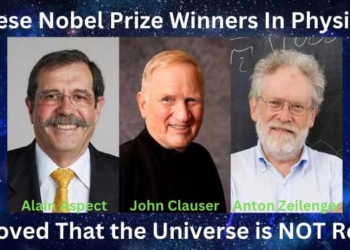

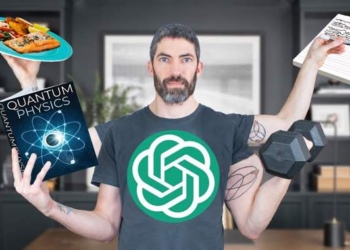

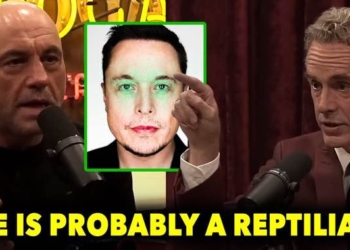
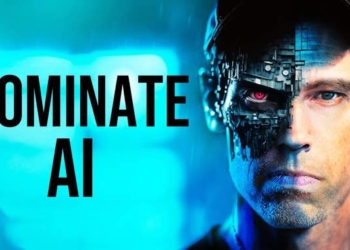
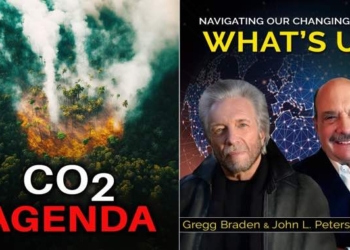
![You Will Never Lack Willpower Again! | Here’s How You Can “Surf the Urge” [8-MIN VIDEO]](https://consciouslifenews.com/wp-content/uploads/2022/11/Kelly-McGonigal-350x250.jpg)

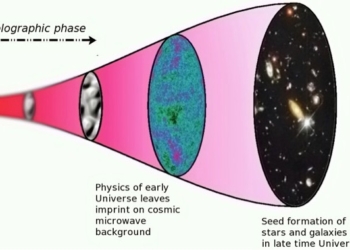
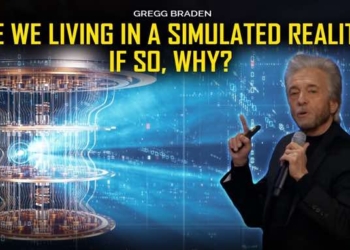

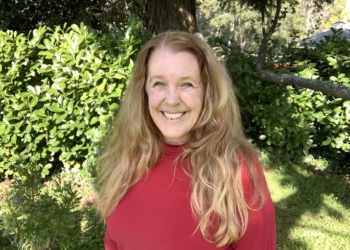
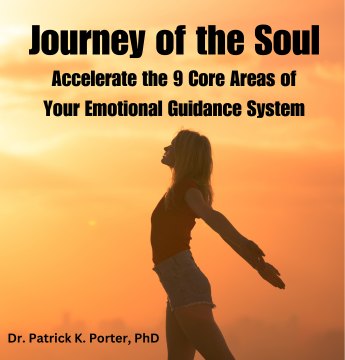


![Everything You Ever Wanted to Know About 9/11 Conspiracy Theory in Under 5 Minutes [VIDEO] | by James Corbett](https://consciouslifenews.com/wp-content/uploads/2018/09/911-a-conspiracy-theory-120x86.jpg)
